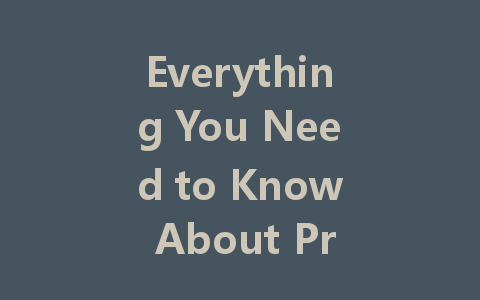Protective clothing plays a crucial role in ensuring the safety and health of individuals across various industries, including healthcare, construction, and hazardous environments. This article offers a comprehensive overview of protective clothing, its types, functions, and tips on where to buy it.
What is Protective Clothing?
Protective clothing refers to garments designed to shield the wearer from environmental hazards, chemicals, infectious materials, or extreme temperatures. By creating a barrier between the body and harmful substances, these garments help reduce injuries and protect workers’ health. Depending on the industry and specific risks, protective clothing can vary greatly in design and materials.
防護服の種類
Medical protective clothing is crucial in healthcare settings. It includes gowns, gloves, face masks, and eye protection designed to minimize exposure to infectious agents. These garments must adhere to strict regulatory standards to ensure effective protection for healthcare workers and patients alike.
In industrial environments, workers are often exposed to physical and chemical hazards. Industrial protective clothing includes coveralls, gloves, helmets, and safety boots to defend against impacts, cuts, and chemical spills. This type of clothing is vital in areas such as construction, manufacturing, and oil & gas industries.
Environmental protective clothing is designed for workers who handle hazardous materials or work in extreme weather conditions. This can include chemical-resistant suits, flame-resistant clothing, and garments with thermal insulation for cold weather.
Some protective clothing is tailored for specific activities, such as firefighting or welding. Firefighters wear specialized suits that protect them against extreme heat and flames. Welders utilize leather jackets and gloves to shield themselves from sparks and heat during welding processes.
Functions of Protective Clothing
Protective clothing serves several vital functions:
Where to Buy Protective Clothing
Shopping for protective clothing can be straightforward if you know where to look. Here are some tips on finding quality protective garments:
Many local hardware or safety equipment stores stock a variety of protective clothing, including gloves, masks, and coveralls. Visiting a physical store allows you to assess the quality and fit of the clothing before making a purchase.
Numerous online retailers specialize in safety gear and protective clothing. Websites like Amazon, Grainger, or specialized safety equipment suppliers offer extensive selections and often include customer reviews, making it easier to choose quality products.
If your organization requires bulk purchases of protective clothing, consider reaching out to suppliers specifically catering to businesses. They can often provide discounts for bulk orders and ensure that the clothing meets industry standards.
In some cases, second-hand or recycled protective clothing can be sought out, particularly if you’re looking for non-industrial use. Ensure that any used clothing still meets safety standards and is in good condition before purchasing.
結論
Protective clothing is an essential component of workplace safety across various sectors. Understanding the different types, their functions, and where to buy them can significantly enhance the safety of workers and the general public. Prioritizing quality and ensuring compliance with safety standards is vital for any protective clothing purchase, as it plays a key role in preventing injuries and illnesses. Remember, the right protective gear is not just an investment in safety—it’s an investment in health.

